The Jungfrau (or Jungfraujoch) of Switzerland boasts the title the “Top of Europe”. For those who are unfamiliar, the Jungfraujoch is located in the Jungfrau region of the Bernese Alps, an area known for its immense beauty due to the various lakes and surrounding mountain ranges. The Jungfrau ‘Top of Europe’ attraction is best known for it’s observatory deck and railway station attached. In fact, the railway up the Jungfraujoch is the highest in all of Europe, meaning that it is one of the highest points in Europe that can cater to everyday people of any age or mobility level, making it a perfect place to visit for both tourists and locals alike.
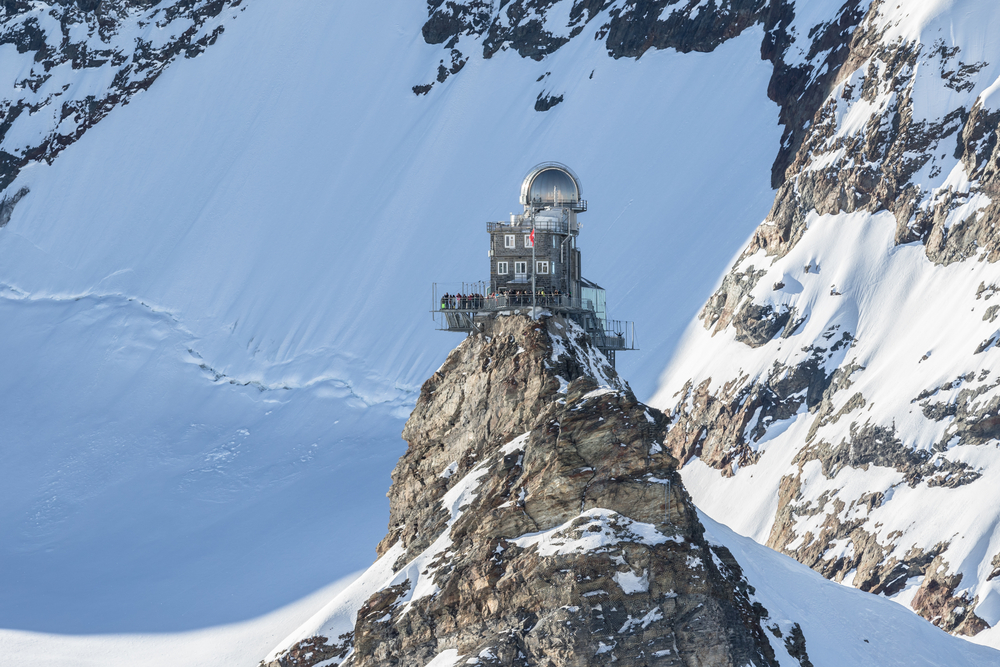
My journey to the top began in the lake town of Interlaken, which sits at the base of the mountain range, “in between lakes” as the name translates to. Jungfrau travelers take the local Interlaken train to reach the towns up the mountain, which provide direct routes to the Jungfraujoch. I decided to follow a traditional circular route, going up the left side of the mountain through Grindelwald, and coming back down to pass through Lauterbrunnen & Wengen (Section 1, Option 2 shown here).
I left early from Interlaken, around 7:30 AM, and reached Grindelwald around 8:15 AM. Grindelwald was a small and quaint village-like town; the early morning silence of the town highlighted its natural beauty. In truth, much of Switzerland is like this; a wrinkle in time, where people and nature co-exist as if it were still the 19th century. On that early morning, Grindelwald was silent and cold, with only one shop open and only the Jungfrau train passengers in sight. This peaceful place was just one piece of the Jungfrau’s charm.

I caught the next train heading up to Kleine Scheidegg, which is considered the actual starting point up the Jungfrau. The area surrounding Kleine Scheidegg was breathtaking with its green grass, summer wildflowers and nearby snowy mountain peaks. While this currently-colorful area would be covered in snow during the winter, I knew that the remaining 1,393 steep meters up would be covered in an endless winter. Along the clunky tram to the top, the train would make several 5-minute stops so that passengers could briefly get off the train to peer through the man-made windows (these stops were possible through man-made cave walkways) and admire the increasingly-elevated views.
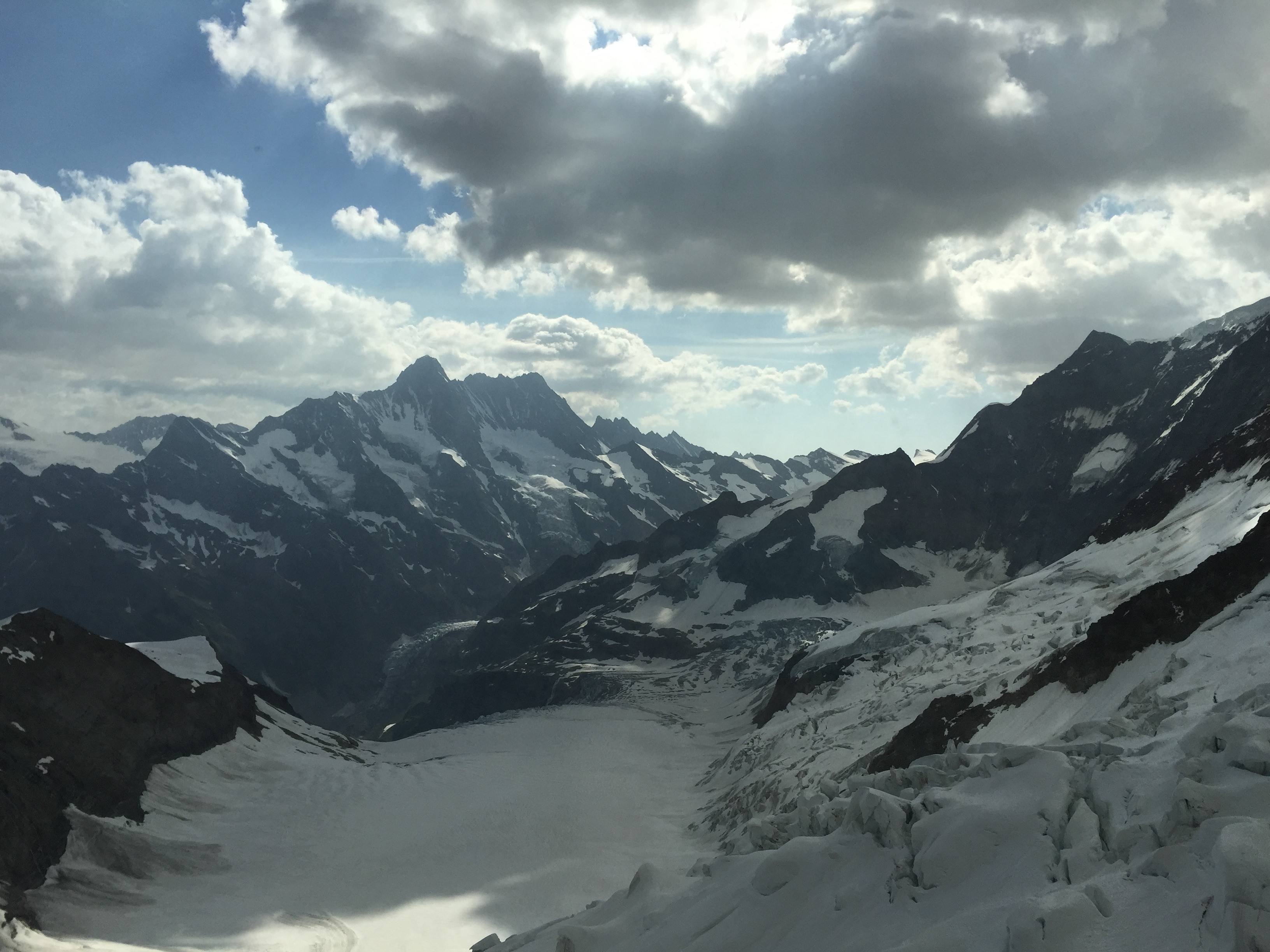
Upon stepping out of the train at our last stop, I could immediately sense a difference in the air, undoubtedly the altitude changes. Nonetheless, I had come for the ‘Top of Europe’ view, and so I trekked up to the observation deck. I quickly realized that I had not chosen warm enough pants as I stepped through the doors to the open mountain air and howling wind. As I walked around the observation deck platform, I could see the surrounding ice-capped mountains, the Aletsch glacier we stood upon, and the green valleys below.
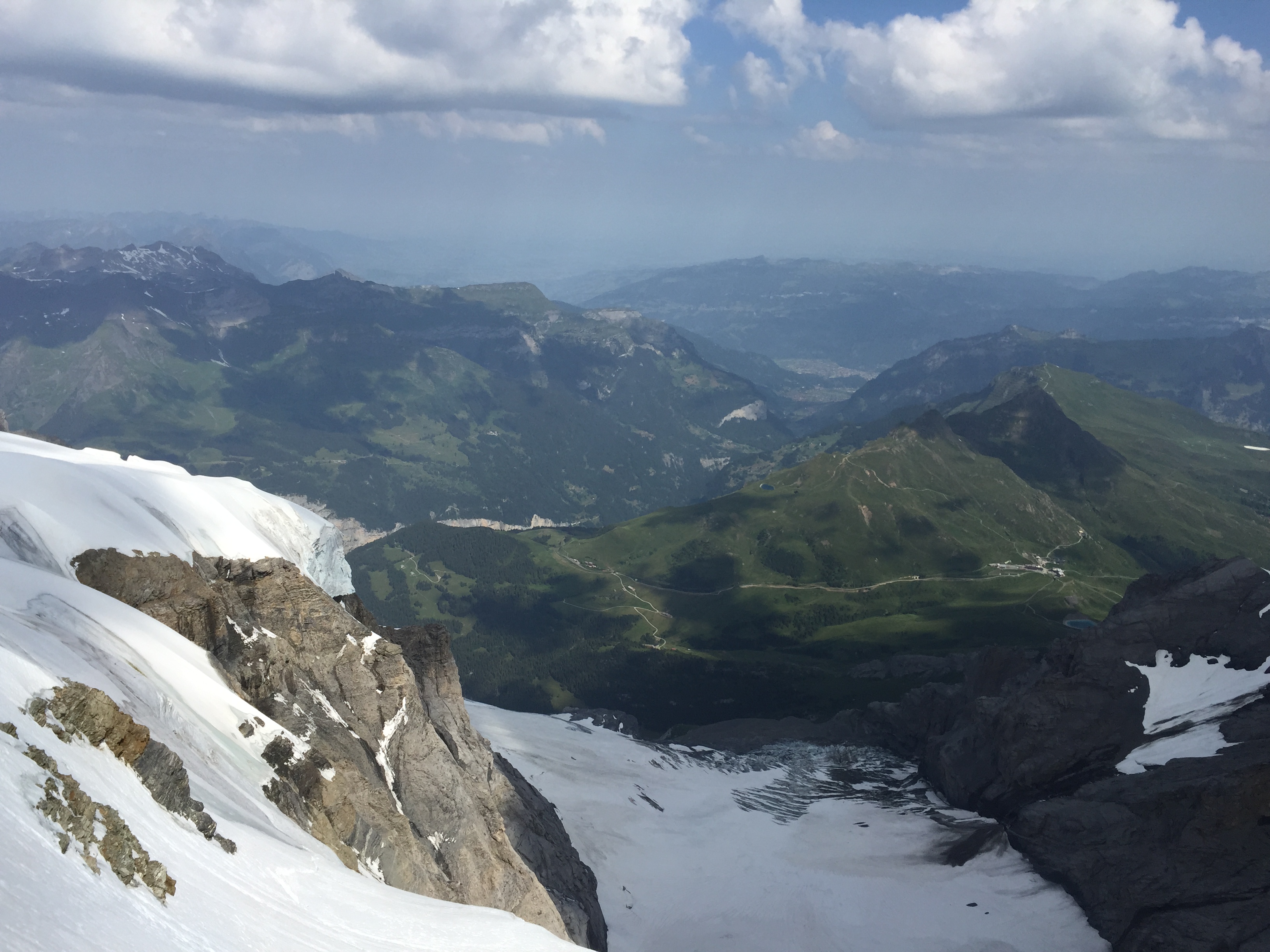

The rest of the Jungfrau’s attractions were geared toward tourists, which is generally not my preference, but I have to admit that the Ice Palace was particularly enchanting. Once I had taken a million photos of the panoramic views & Ice Palace figurines and experienced my first altitude “sickness” (in truth it was only the occasional slight dizziness or shortness of breath), I headed down the right side of the mountain toward Lauterbrunnen.
While many people automatically stop in Wengen, I had done my fair share of research beforehand and was set on visiting Trummelbach Falls in the Lauterbrunnen region. After the train down the mountain and a brief bus ride, I arrived at the waterfall and took the lift up to the top of Trummelbach Falls. I emerged in a layer of watery mist and tunnel formations with the crashing of water all around me. This particular waterfall allows visitors to climb up and down the mountain next to (and through) the falls, where you can stop at different levels. I weaved through the damp tunnels to peer up and down into the cascading waterfall, able to see the above smoothed rock formations where the waterfall had once dominated. Trummelbach was merely another glimpse into the vast natural beauty of the valley and surrounding Jungfrau region.
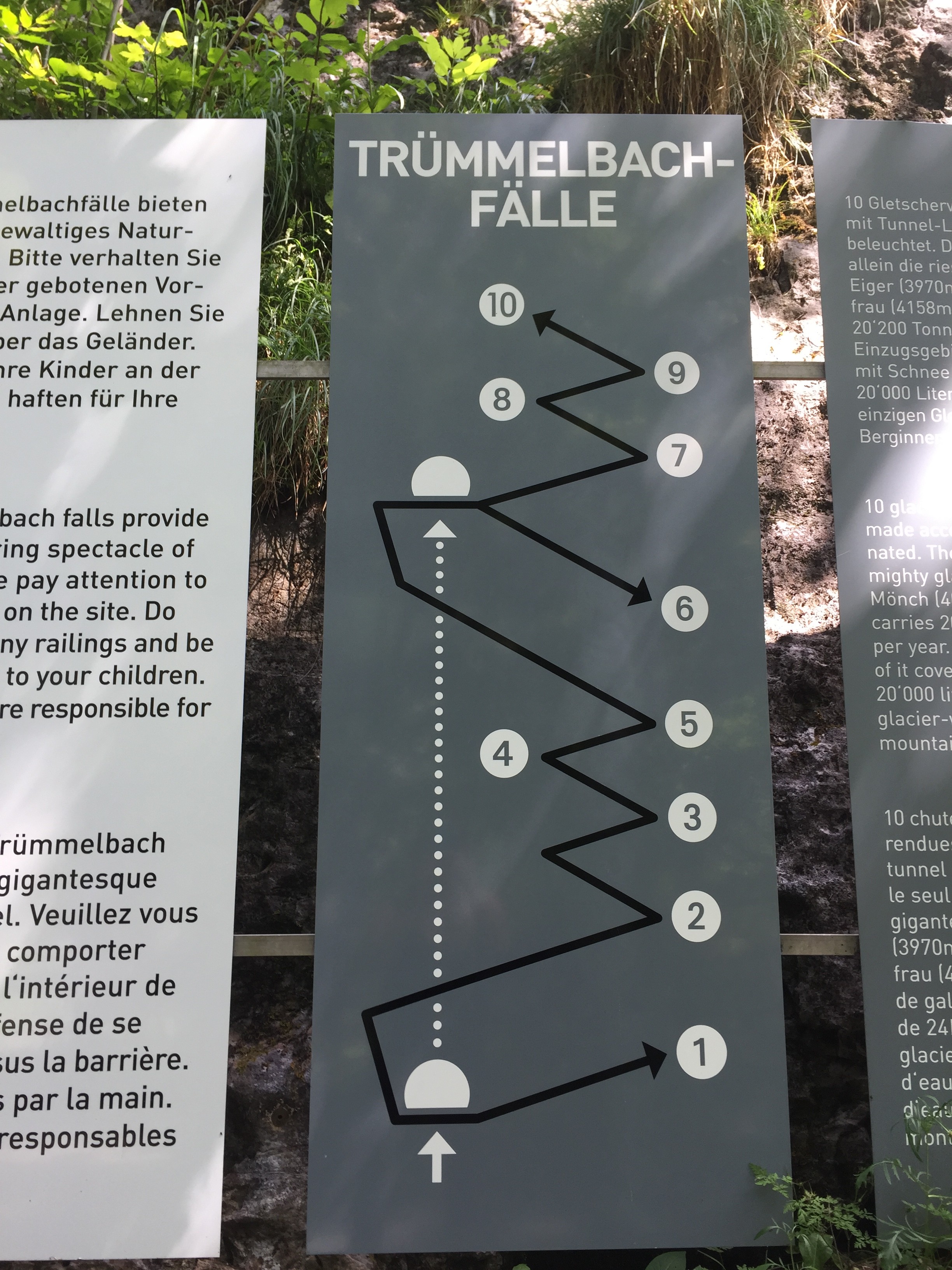
While the Jungfraujoch is not the highest peak in Switzerland (and certainly not all of Europe), it is certainly a memorable journey up the mountain and a spectacular view at the top. My adventure up and down the Jungfrau was completed in less than a day, which in my opinion was an adequate amount of time for this excursion. Anyone can take day trips from Lucerne or Zurich to the Jungfraujoch, or stay in the region for several days to take advantage of the outdoor opportunities. Better yet, explore Switzerland as a whole!
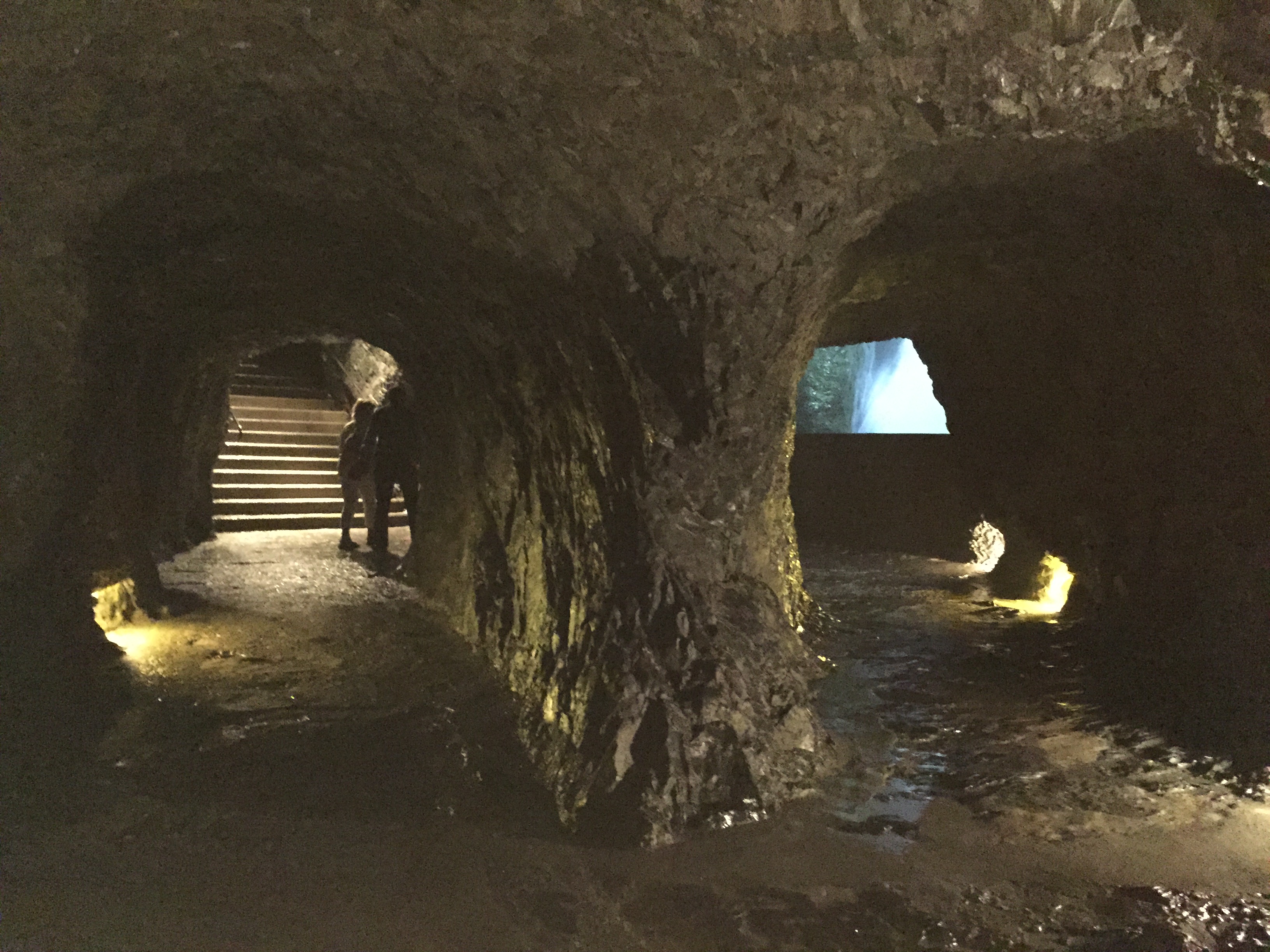

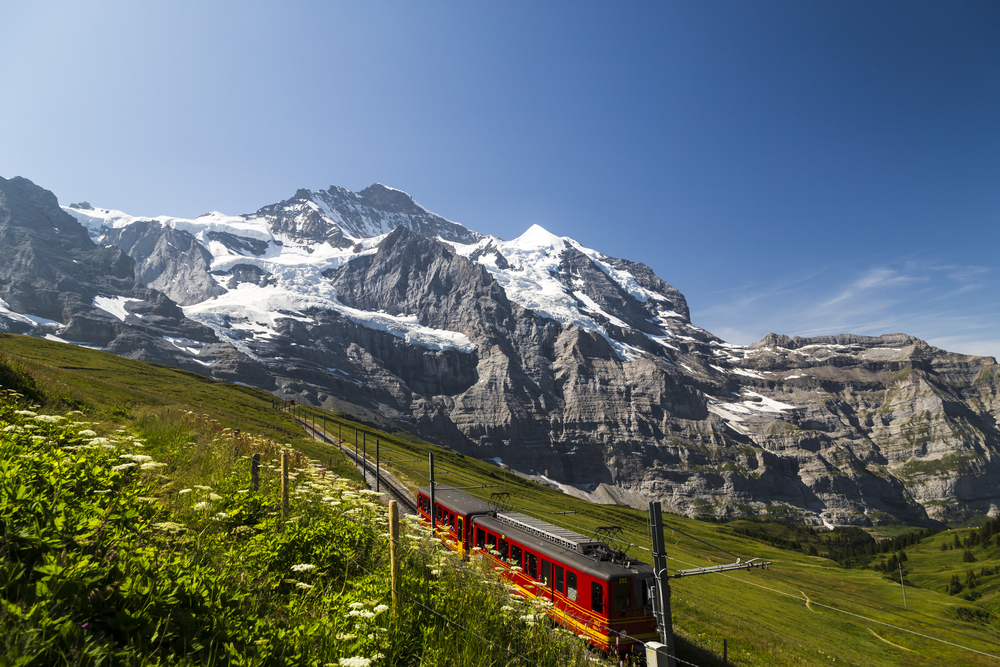
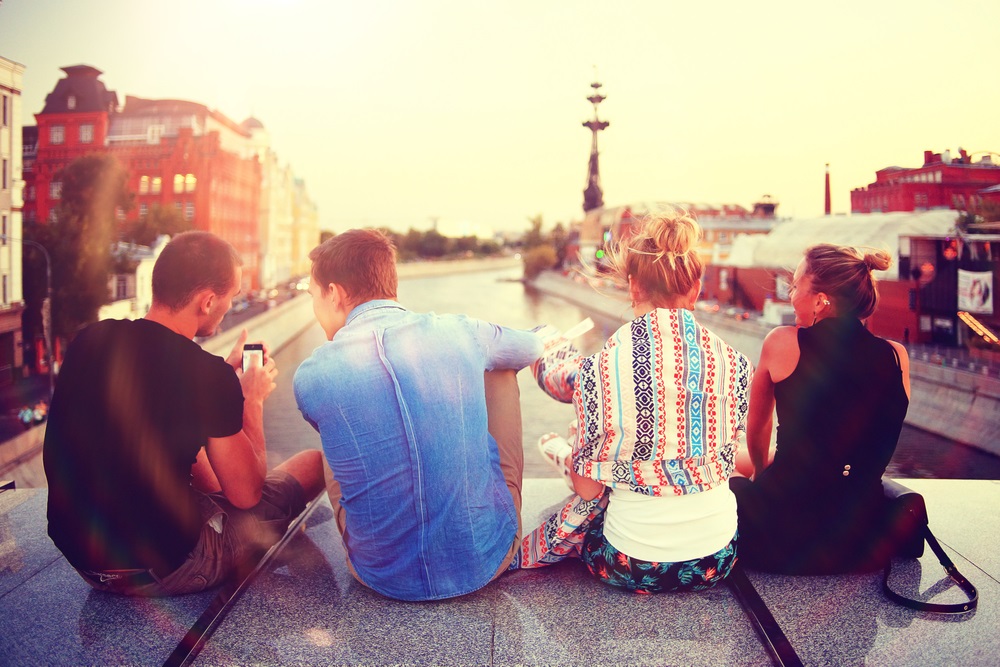




There are no comments.